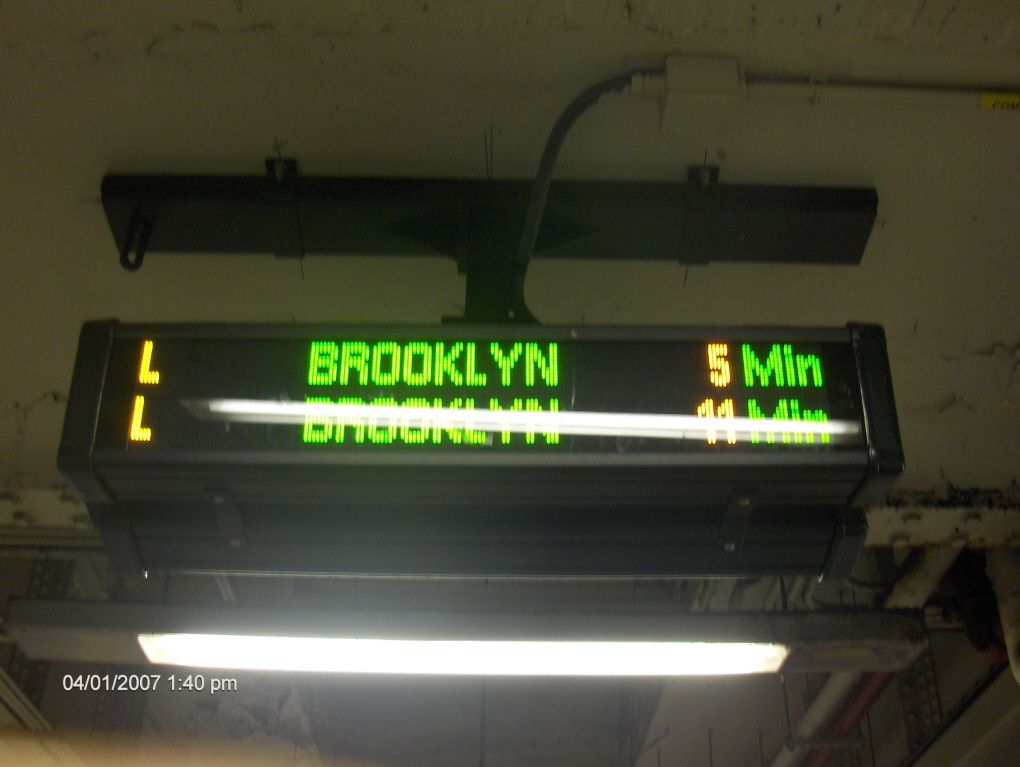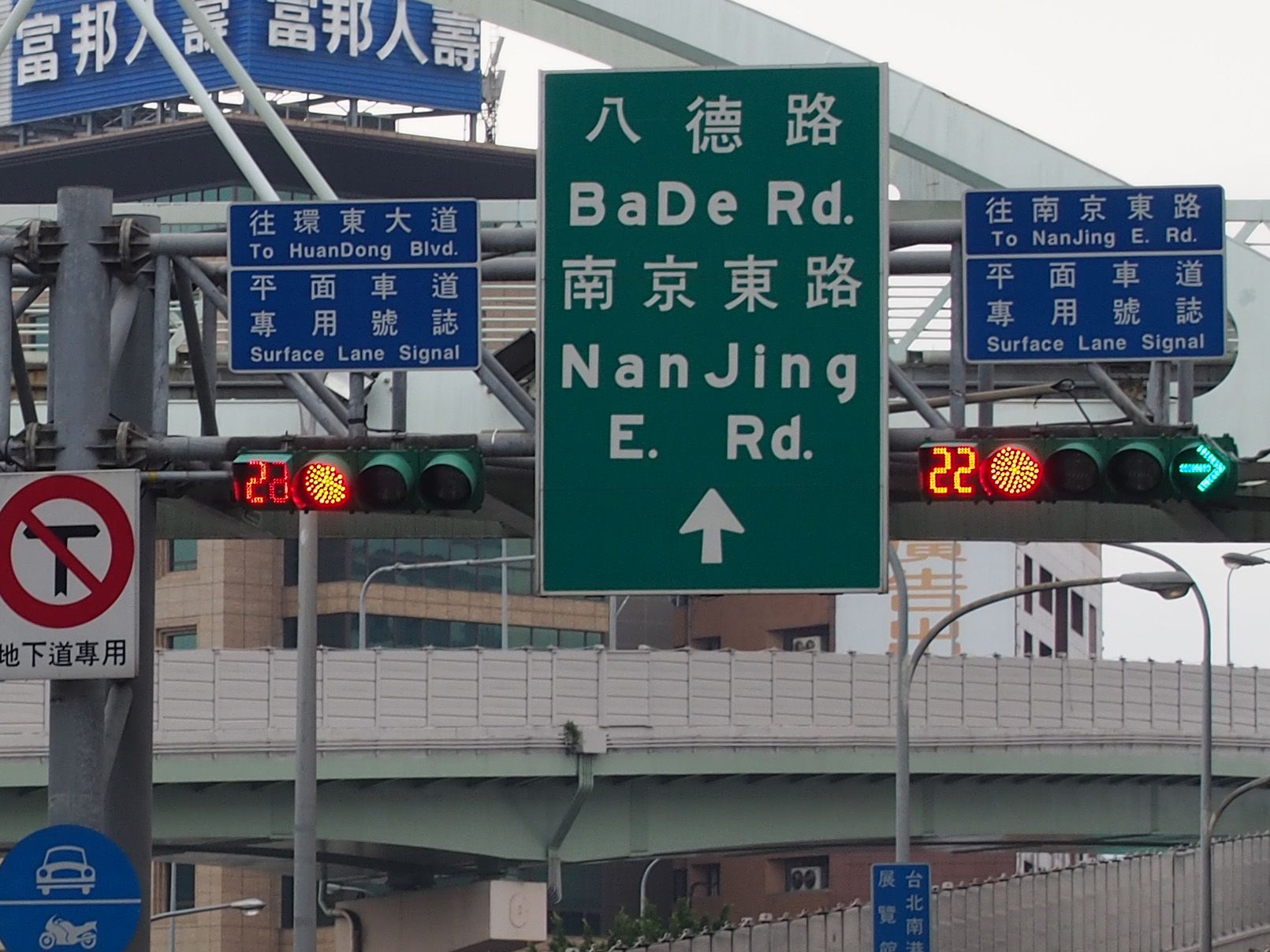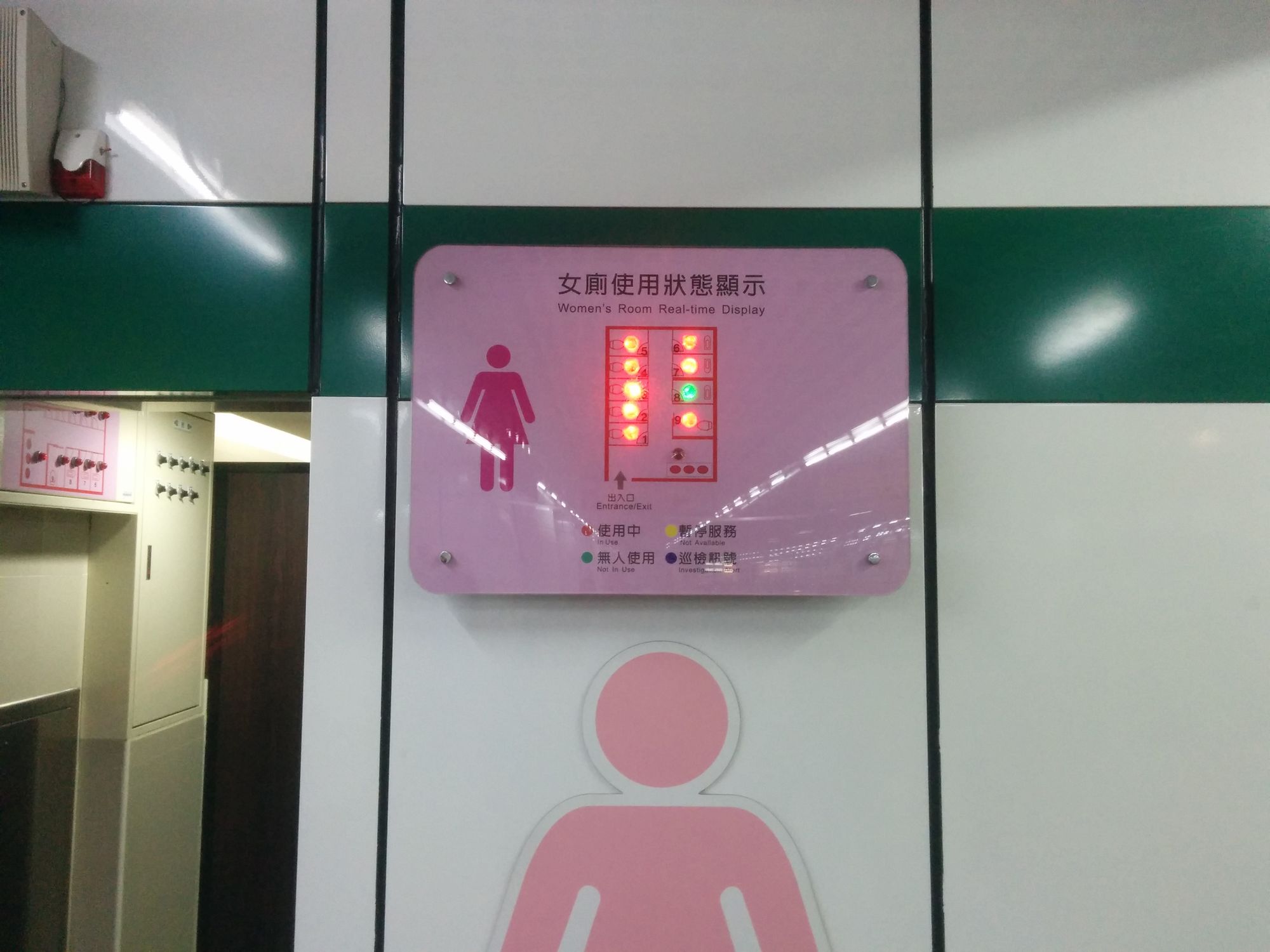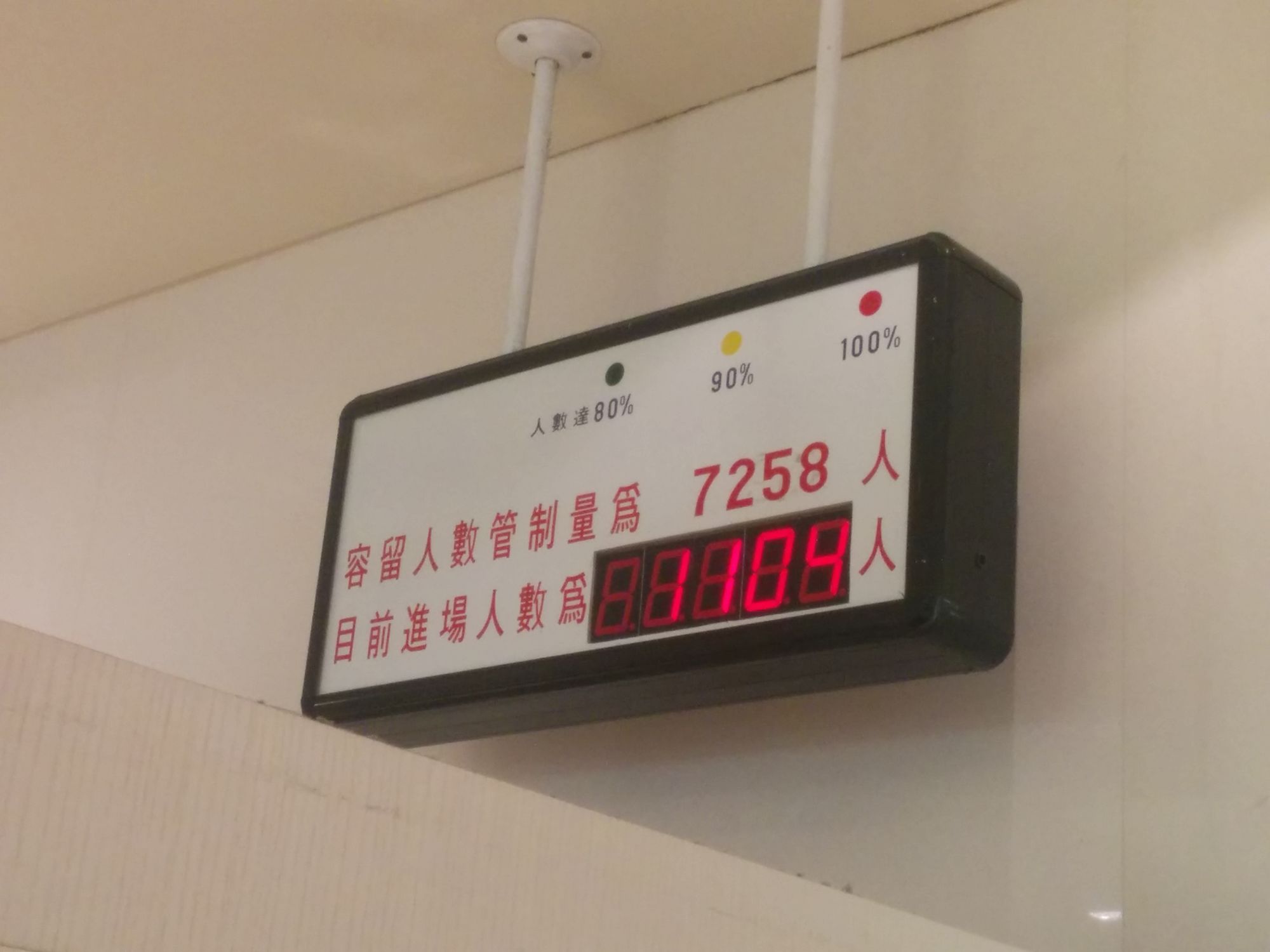I recently travelled to Taiwan for the holidays, so I’ll be writing a bit about it. One of the most interesting things about Taiwan is how it mixes the developing and developed worlds. There are things about it that feel less developed, like a heavy focus on agriculture (when taking the high speed rail, all you see is farms), lower incomes, and tiny streets. At the same time, there are things there that show real ingenuity, some of which I have never seen in the United States.
One of those things is technology that display information in real time, helping to reduce the stress of unknown in people’s lives.

In New York, many train lines have digital boards listing times for the next train. I’ve really come to appreciate knowing when the next train will come so that I can accurately set my expectations, which is probably why I became so fixated on the handful of examples that I found in Taiwan.
The first real time technology that caught my eye was the countdown timers on walk signals. We have those in the United States too, but Taiwan has improved them by adding animation, further differentiating the “Don’t Walk” mode (a stationary red figure) from the “Do Walk” mode (a walking green figure).

But they didn’t stop there, they even speed up the animation from a stroll to a sprint at the end to let you know that you should hurry.
They’ve taken a cue from their walk signals, and added countdown timers to their traffic lights, something that feels so obvious that I’m convinced it must exist in the US, but I can’t recall having seen it.
I found another ingenious application of real time in the Taipei subway, where a small board sits outside of heavily used women’s bathrooms

(yes, they have bathrooms in their subways, and they’re clean!). The board displays the occupancy of stalls inside of the bathroom. This feature is not only good for the mind, but also good for efficiency. If a stall door was closed, you may think it was in use without an indication that it’s not.
My final discovery came in a shopping mall, where I found a board displaying the number of people in the mall. This could be useful to those running the mall to know at a glance if they need to staff up, and by consumers to know if they should come back at another time when it’s less crowded.

These machines are a small fraction of the intelligent technology in Taiwan, and I’ll be writing more about Taiwan tech and culture soon, but I think that even these small things show that those running Taipei are thinking deeply about ways that they can improve the flow of the city, and I was impressed.

